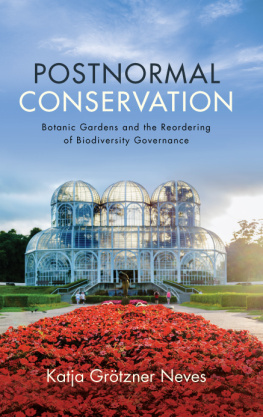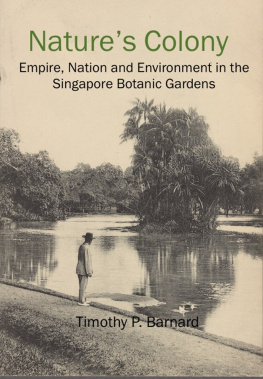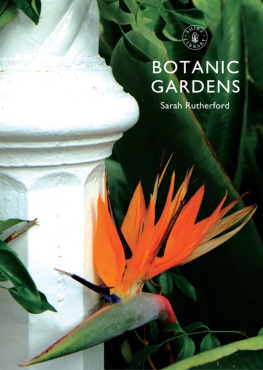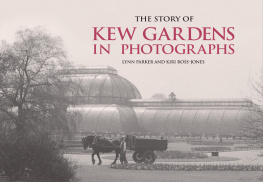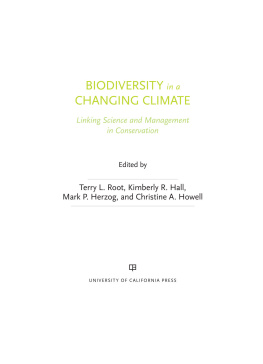Katja Grotzner Neves - Postnormal Conservation: Botanic Gardens and the Reordering of Biodiversity Governance
Here you can read online Katja Grotzner Neves - Postnormal Conservation: Botanic Gardens and the Reordering of Biodiversity Governance full text of the book (entire story) in english for free. Download pdf and epub, get meaning, cover and reviews about this ebook. year: 2019, publisher: SUNY Press, genre: Politics. Description of the work, (preface) as well as reviews are available. Best literature library LitArk.com created for fans of good reading and offers a wide selection of genres:
Romance novel
Science fiction
Adventure
Detective
Science
History
Home and family
Prose
Art
Politics
Computer
Non-fiction
Religion
Business
Children
Humor
Choose a favorite category and find really read worthwhile books. Enjoy immersion in the world of imagination, feel the emotions of the characters or learn something new for yourself, make an fascinating discovery.
- Book:Postnormal Conservation: Botanic Gardens and the Reordering of Biodiversity Governance
- Author:
- Publisher:SUNY Press
- Genre:
- Year:2019
- Rating:5 / 5
- Favourites:Add to favourites
- Your mark:
- 100
- 1
- 2
- 3
- 4
- 5
Postnormal Conservation: Botanic Gardens and the Reordering of Biodiversity Governance: summary, description and annotation
We offer to read an annotation, description, summary or preface (depends on what the author of the book "Postnormal Conservation: Botanic Gardens and the Reordering of Biodiversity Governance" wrote himself). If you haven't found the necessary information about the book — write in the comments, we will try to find it.
Katja Grotzner Neves: author's other books
Who wrote Postnormal Conservation: Botanic Gardens and the Reordering of Biodiversity Governance? Find out the surname, the name of the author of the book and a list of all author's works by series.
Postnormal Conservation: Botanic Gardens and the Reordering of Biodiversity Governance — read online for free the complete book (whole text) full work
Below is the text of the book, divided by pages. System saving the place of the last page read, allows you to conveniently read the book "Postnormal Conservation: Botanic Gardens and the Reordering of Biodiversity Governance" online for free, without having to search again every time where you left off. Put a bookmark, and you can go to the page where you finished reading at any time.
Font size:
Interval:
Bookmark:
Local-Regional-Global Interactions

To my parents for instilling and nurturing in me
a passion for all things scholarly and ecological.
To my sister for helping me discover
the sacred world of plants, animals, and landscapes
during our childhood and continuing to share in these
discoveries in our adult years.
And to my husband for his unwavering support
of my pursuit of these passions.
Botanical Garden Histories of Governance
Botanical Knowledge, Power, and Governance: Royal Botanic Gardens, Kew in the Longue Dure
Postnormal Conservation at Espace Pour la Vie
Communities in Nature: Multispecies Care at Royal Botanic Garden Edinburgh and Bristol Zoo Gardens
Concluding Remarks
Font size:
Interval:
Bookmark:
Similar books «Postnormal Conservation: Botanic Gardens and the Reordering of Biodiversity Governance»
Look at similar books to Postnormal Conservation: Botanic Gardens and the Reordering of Biodiversity Governance. We have selected literature similar in name and meaning in the hope of providing readers with more options to find new, interesting, not yet read works.
Discussion, reviews of the book Postnormal Conservation: Botanic Gardens and the Reordering of Biodiversity Governance and just readers' own opinions. Leave your comments, write what you think about the work, its meaning or the main characters. Specify what exactly you liked and what you didn't like, and why you think so.

